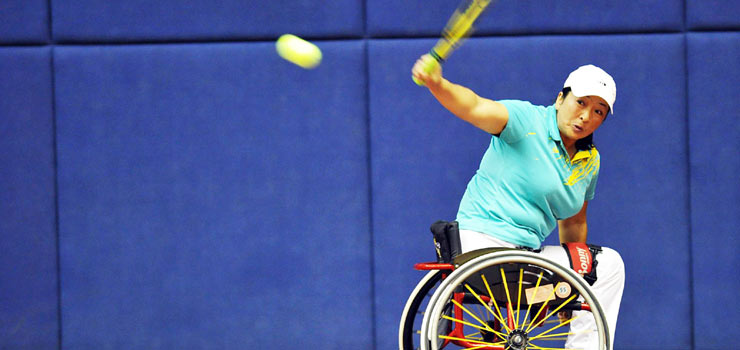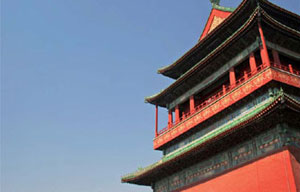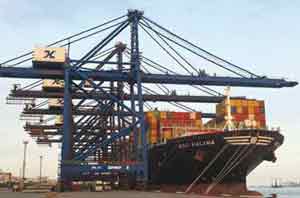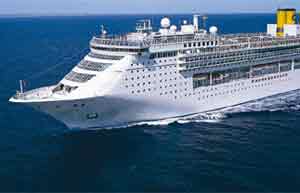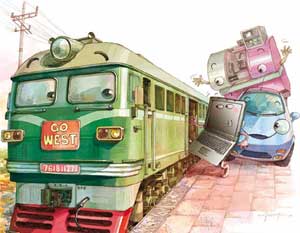This is home of china
Updated: 2011-10-28 09:29
By Wang Chao (China Daily)
|
|||||||||
Chen says Jingdezhen's problem is its obsession with royal glory and the usage of old manufacturing techniques.
"Many small workshops in Jingdezhen are now learning from our experience and diversifying their product mix and markets," he says.
Chen, however, admits that the city does have an impeccable lineage in the ceramic world. During a visit to Germany he saw an ancient map of China drawn by a German navigator in which there were just three cities marked - Beijing, Xi'an and Jingdezhen.
|
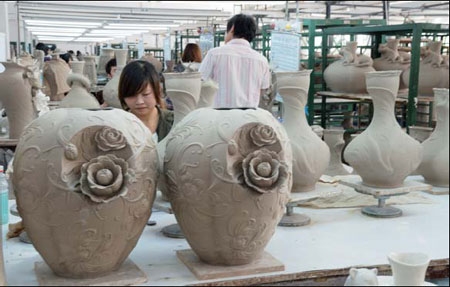 Franz's production line in Jingdezhen. The company launches 200 to 300 new models every year. [Photo by Wang Chao / China Daily]
|
"It was then that I realized the name 'Jingdezhen' is the most precious thing we have inherited, and that it is our obligation to maintain the rich tradition of being a top-class global brand," Chen says.
"Every year China exports several billion pieces of porcelain works, but the average price realized is as low as 30 US cents. It is really shameful considering that China was the birthplace of porcelain."
To cater to the taste of the high-end market, Chen hired three high-profile foreign designers and 10 Chinese designers, to exclusively design products for Franz.
Jean Boggio, the noted French designer, who used to design jewelry for fashion brands such as Hermes and Ritz, is one of those working on the home series for Franz.
Every year the company launches 200 to 300 new models. It has also teamed up with the National Palace Museum and various other institutes for new products.
"In the 1960s Jingdezhen used to be the top exporter in China. But today it cannot even compete with the new entrants from Guangdong province. The market is clearly sending a message that it does not need too much of ancient Chinese styles and that it is time to innovate."
Even as companies like Franz attempt to change the mold with breakthroughs in design and innovation, others like Jingdezhen Ceramics Co Ltd are looking to stringent quality control for making inroads in the high-end market.
Jingdezhen Ceramics is already successful in the sense that its products command a premium. While regular ceramic cups sold in the supermarkets are usually priced between 3 to 5 yuan, RL, the major brand of Jingdezhen ceramics, has a selling price of 20 yuan to 25 yuan.
Wang Yao, president of Jingdezhen Ceramics, says the company has always positioned its products as "national porcelain" and does not want to grow its market share by selling cheap products in supermarkets.
"With raw materials in short supply, we strive to add more value to our products using the existing resources," Wang says.
|
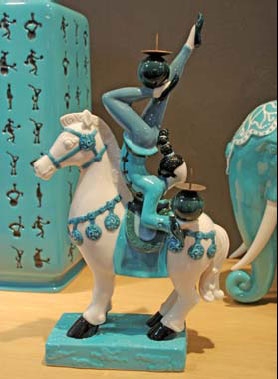 A porcelain product of Franz's home series, designed by Jean Boggio. [Photo by Wang Chao / China Daily]
|
To catch up with international counterparts, the company also decided to enforce European quality standards for its products.
"The domestic standard for table ware is 8 mg lead per liter of glaze, but our standard is 0.2 mg, even higher than the European standard of 0.3 mg." To further drive home the message the company also gets professionals from Europe and the US to conduct frequent quality workshops.



